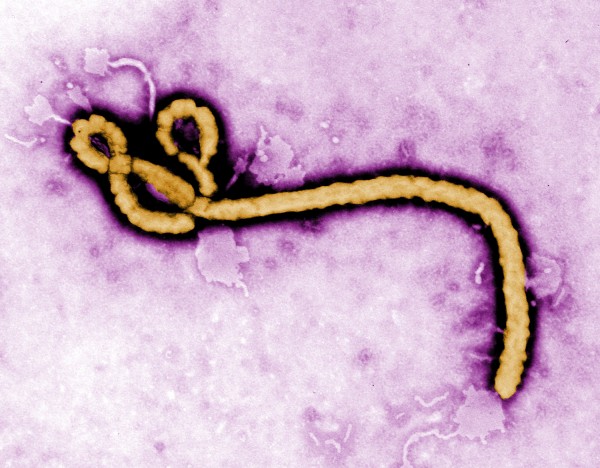Lessons from the 'Spanish Flu,' Nearly 100 Years Later

Just in time for flu season, a new Michigan State University study of "the mother of all pandemics" could offer insight into infection control measures for the flu and other epidemic diseases.
Siddharth Chandra, director of MSU's Asian Studies Center and professor in MSU's James Madison College, and Eva Kassens-Noor, assistant professor of urban and transport planning with a joint appointment in the Global Urban Studies Program, studied the evolution of the 1918 influenza pandemic, aka the "Spanish flu." In 1918, the virus killed 50 million people worldwide, 10 to 20 million of whom were in India. In the United States alone, the Spanish flu claimed 675,000 lives in nine months.
"We need to pay more attention to public health," Chandra said. "If we get another flu pandemic and it infects tens of millions in the U.S., killing half a million people, that's going to be worse than anything that's happened to us in at least the last 50-to-100 years."
Chandra and Kassens-Noor studied weekly death rates in 213 districts from nine provinces in India, information contained in reports from the sanitary commissioner's office. According to their research, the virus entered India in Bombay, which experienced a three-week flu wave and a peak death rate of 54.9 people per 1,000. As it spread east, the flu epidemic lengthened to eight weeks and fewer people died.
Simply put: When the flu hit, it hit hard and fast.
"This has all sorts of implications for pandemics that are happening now or might be threatening to happen," Chandra said. "In scenarios resembling the 1918 pandemic as it unfolded in India, locations close to an entry point will have extremely short windows of time to deal with a virulent pathogen, placing emphasis on the emergency management of a short and severe wave of illness."
Possibly a severe wave like the Ebola virus in West Africa, he said.
According to the World Health Organization, there have been 9,216 confirmed, probable and suspected cases of Ebola in seven countries and 4,555 deaths. While Chandra acknowledges Ebola is far less contagious than the flu, and it's not moving as quickly, if there had been 9,000 cases of the 1918 flu, there would've been fewer than 900 deaths.
"One of the things this research could shed light on: Are viruses like the Ebola virus going to get less virulent or more virulent as they move on?" he said.
Economically, an epidemic of any sort would wreak havoc. Chandra, an economist, said that if the United States lost 1 million people, who produce an average of about $50,000 in gross domestic product each, the country would lose about $50 billion in productivity. Not to mention, the movement of goods and services could stop, as could public transportation, he said.
The study was published in the most recent edition of the journal BMC Infectious Diseases as an "Editor's Pick."
Oct 22, 2014 02:39 PM EDT





